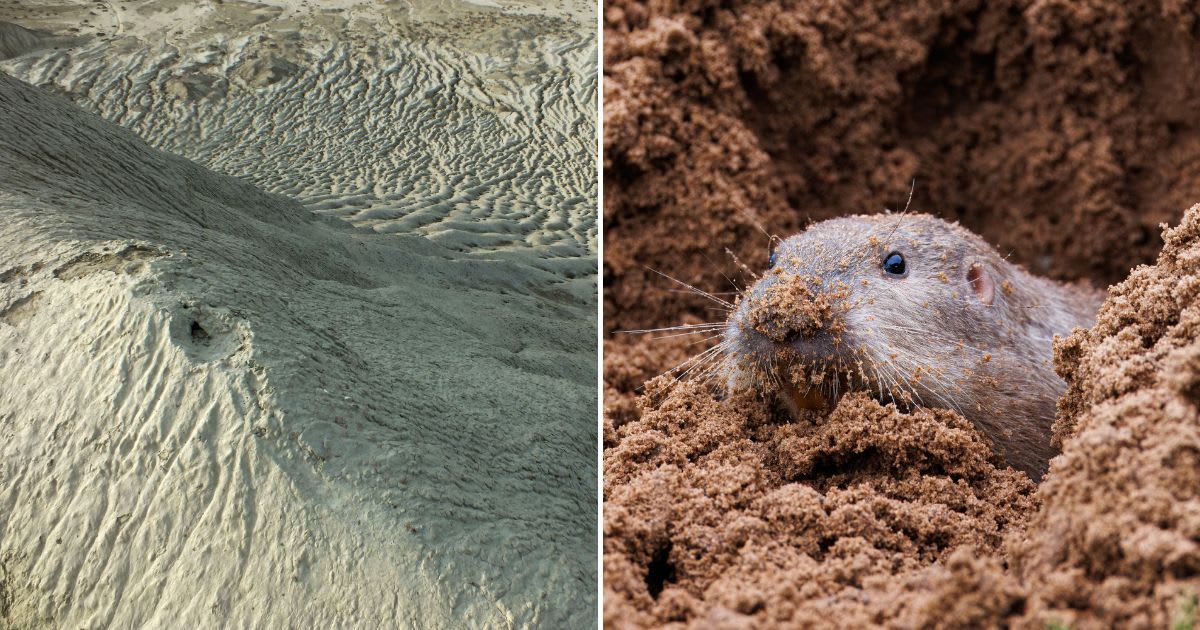Experts Dropped Gophers Onto Lifeless Mount St Helens — 40 Years Later, It Is Brimming With Life

Volcanic eruptions are expensive to landscapes. The outcome of the debris, ash, and lava from the eruptions causes significant damage to the local ecosystem. When Mount St. Helens in Washington erupted in 1980, it reduced its nearby vegetation to ashes with little to no sign of life. While scientists believed it would take years to restore the land to a fertile area with plant growth, an alternative solution eventually resolved the problem more quickly than expected. By definition, pests are animals that are undesirable to a garden or landscape. A team of scientists from the University of California, Riverside, realized the potential of gophers, often considered common garden pests, to speed up the restoration process, as per a 2024 study published in the journal Frontiers Microbiomes.

The potential of garden pests

The aftermath of the Mt. St. Helens eruption was bleak, with basic plant life struggling to cope with the damage caused by the fuming lava residues and ash. The scientists were keen on finding a solution to transform the barren landscape into a potential lush greenert. They closely considered the layers underneath the topsoil that could still contain beneficial microorganisms essential for the sustenance of life. "Soil microorganisms regulate nutrient cycling, interact with many other organisms, and therefore may support successional pathways and complementary ecosystem functions, even in harsh conditions," the study explained.

Bacteria and fungi were their life-savers. Michael Allen, a microbiologist and co-author of the study, highlighted that most plant roots are not “efficient enough” to extract nutrients and water from the soil. This crucial task is done by fungi, which transport the nutrients to the plant in exchange for carbon needed for their survival. Gophers could return the rich and fertile soil underneath to the burnt top layer to encourage plant growth. "They're often considered pests, but we thought they would take old soil, move it to the surface, and that would be where recovery would occur," he added.
Gophers revive life in a volcanic area
Moving ahead with their experiment, some local gophers were sent to the area for a day. The gophers, who are prolific diggers, were left in enclosed lands to make it easier for assessment. Six years later, the patches of land were brimming with life. About 40,000 plants were observed thriving on the land once destroyed by the volcanic eruption. However, the plant growth was only observed in the enclosed lands where the gophers were released, whereas the nearby lands remained largely barren. @Knowledge.Sharing.Official shared a video on the contribution of gophers in Mount St. Helens' restoration.

After 40 years, the lands were now fully restored to sustain a biodiversity of life. “Plots with historic gopher activity harbored more diverse bacterial and fungal communities than the surrounding old-growth forests," the team said. The experts compared the results with a former clear-cut forested area at Bear Meadow and found a stark difference in the fungal communities the soil sustained. Fungi had a major role to play in the restoration, as these microorganisms have symbiotic relationships with trees that help rapid tree regrowth, noted Emma Aronson, UCR environmental microbiologist and co-author. The “dead area” soil was now more full of life and healthy microbial communities than many old-growth forest soils.
More on GreenMatters
Orangutan Desperately Fights off Excavator That Is Destroying His Home in The Forest